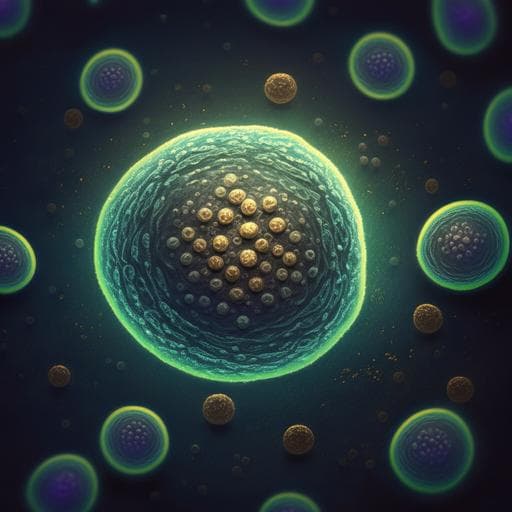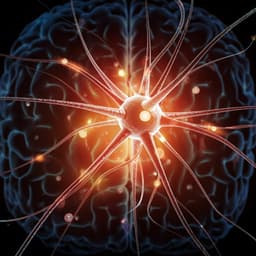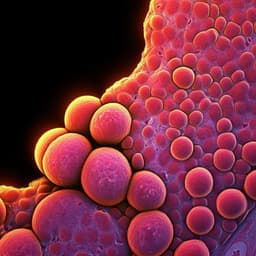
Medicine and Health
Two-year safety outcomes of iPS cell-derived mesenchymal stromal cells in acute steroid-resistant graft-versus-host disease
K. Kelly, A. J. C. Bloor, et al.
This clinical trial found that 60% of participants with steroid-resistant acute graft-versus-host disease survived after two years of treatment with iPS cell-derived mesenchymal stromal cells (CYP-001). Impressively, there were no serious adverse events or safety concerns reported, indicating that this innovative therapy is both safe and well-tolerated. This research was conducted by Kilian Kelly, Adrian J. C. Bloor, James E. Griffin, Rohini Radia, David T. Yeung, and John E. J. Rasko.
~3 min • Beginner • English
Related Publications
Explore these studies to deepen your understanding of the subject.







